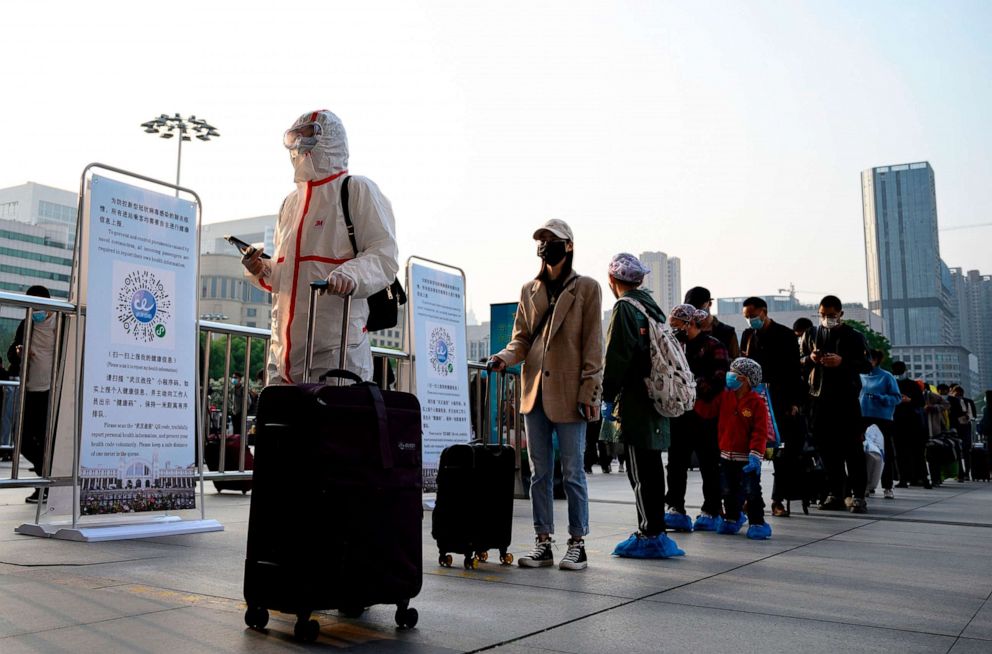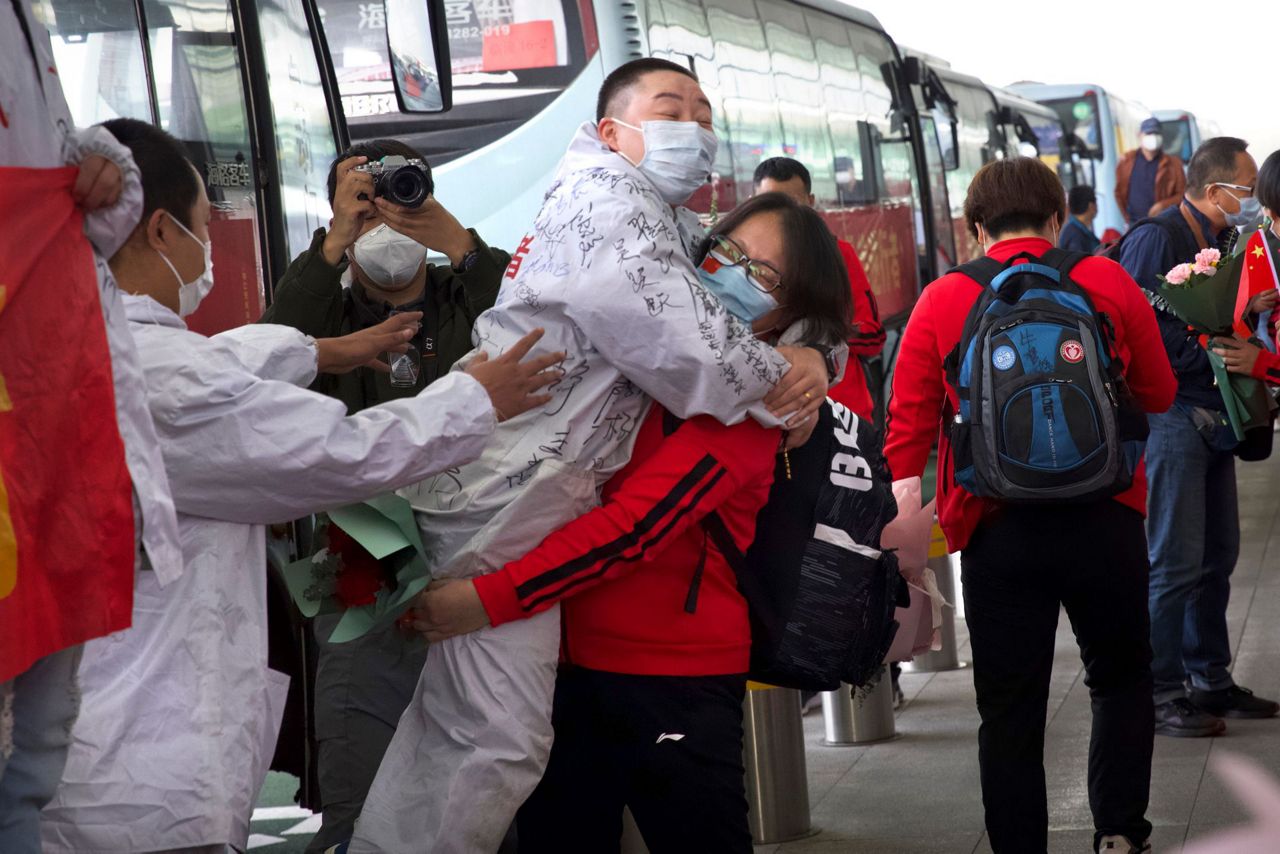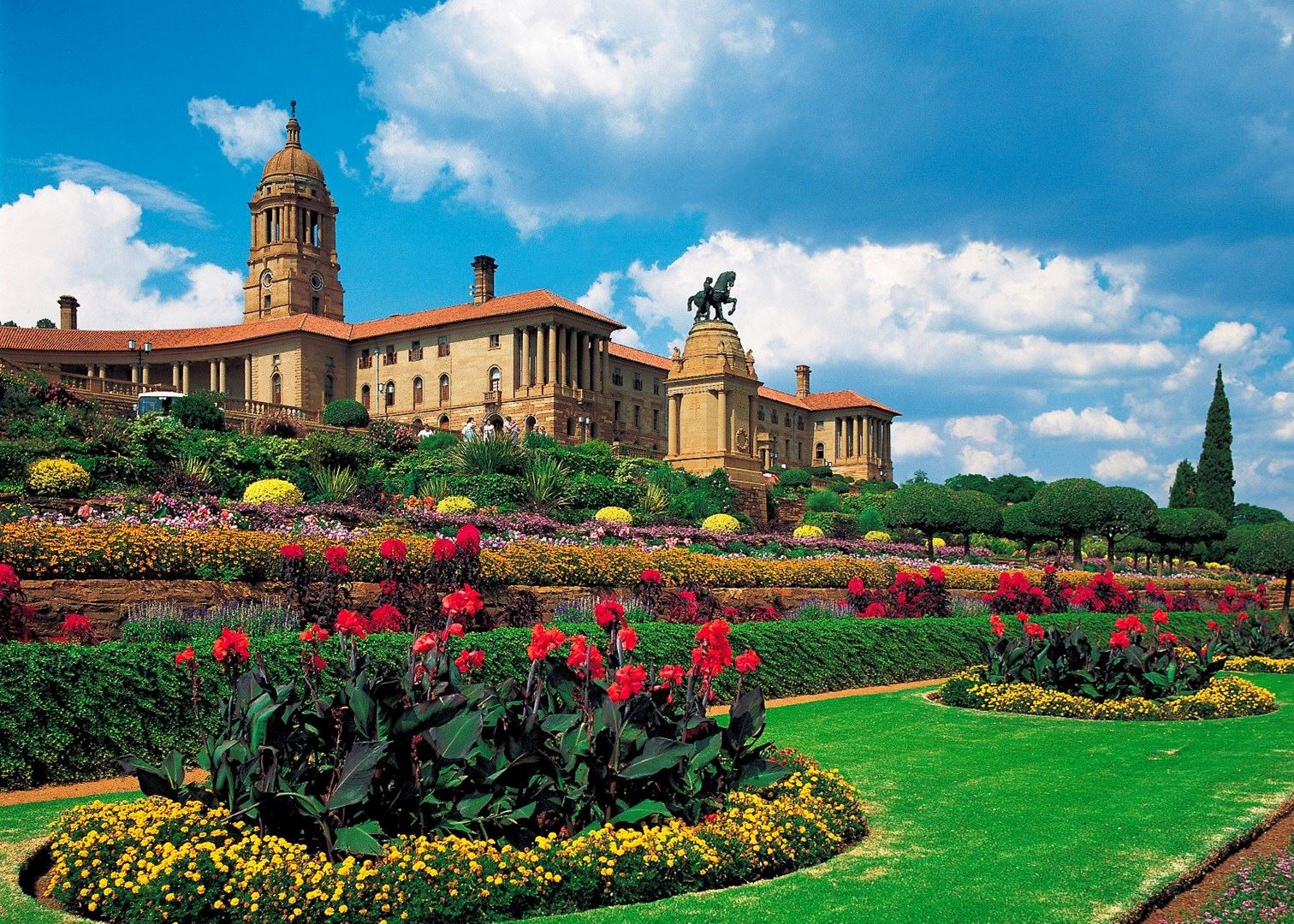The swift response to contain the spread
After reports of the novel coronavirus emerged from Wuhan in late December 2019, Chinese authorities responded quickly to curb human-to-human transmission of the deadly virus. One of the first measures taken was to implement strict travel restrictions in and out of Wuhan on January 23rd, 2020 - just one day after the city was placed under complete lockdown. This included halting all commercial flights, train services and bus routes departing from the city. The swift action aimed to prevent affected residents from spreading the virus to other parts of China and globally during the busy Lunar New Year travel period.

A near-complete shutdown of Wuhan’s transport infrastructure
Within 24 hours of the lockdown being announced, Wuhan’s major transport hubs like the airport and train stations had effectively been closed off. No passenger flights or bullet train services were allowed to leave the city. Highway toll booths into and out of Wuhan were manned by police officers to restrict unnecessary vehicular movement. Public bus routes, subway services and ferry transport within the city limits were also suspended. Only essential services and supply vehicles carrying food, medical equipment and other necessities were exempted. This unprecedented shutdown of Wuhan’s highly developed mass transportation network was critical to achieve social distancing and contain the local outbreak.
Stranded foreigners assisted with evacuation flights
With all passenger flights from Wuhan cancelled, many foreign nationals working or visiting the city found themselves stuck with no means of leaving. Their respective home countries grew concerned over their well-being and potential exposure to the virus within the epicenter of the pandemic. To address this, special evacuation flights were arranged by governments like the USA, UK, Japan, Australia and others to airlift their citizens out of Wuhan. Strict health screening protocols and temporary quarantine measures upon arrival helped ensure the evacuated individuals did not import infections back home. This large-scale international collaboration ultimately helped many foreigners safely return home during the lockdown period.
Road closures monitored via police checkpoints
In addition to suspending public transport, Wuhan’s road network was thoroughly screened and policed to restrict unnecessary vehicular movement. Motorists were only permitted to drive if they had a valid reason like transporting essential goods or seeking medical help. Else, private cars were off-limits and highway exits in/out of the city were blocked using barricades and checkpoints. Police officers examined documents and questioned drivers to enforce the travel rules. Those violating the lockdown protocol faced fines or other punitive actions. Such stringent monitoring of Wuhan’s road corridors was necessary during curfew to enforce isolation and social distancing practices among residents.
Drastic but necessary measures achieved their goal
Through these coordinated multi-pronged efforts, Chinese authorities were remarkably successful in containing the disease within Wuhan - a densely populated city of over 11 million inhabitants. While necessitating major sacrifices and inconvenience for residents, the city-wide lockdown coupled with near-complete closure of transportation proved to be an impactful non-pharmaceutical intervention against the spread of COVID-19. It bought valuable time for China and the world to better understand and prepare for the virus. Though extreme, Wuhan’s model demonstrated how strict travel restrictions along with coordinated mass transit shutdowns can aid public health efforts during disease outbreaks.
Lingering control measures eased reopening
Even after over two months of isolation, Wuhan adopted a phased reopening strategy with some containment steps still in place. Inter-city coach and passenger flights were permitted to resume gradually from April 8, 2020 but with stringent screening of travelers. Likewise, usage of private vehicles increased over time but drivers required a ‘green health code’ on a tracking app. Such controlled easing of restrictions prevented a resurgence as economic and social activities normalized in Wuhan. The city’s cautious approach in lifting complete lockdown measures offers vital lessons on transitioning from a pandemic red zone back to regular operations while prioritizing public health safety.

 A Comparison of Living in Johannesburg and Pretoria, South Africa
A Comparison of Living in Johannesburg and Pretoria, South Africa